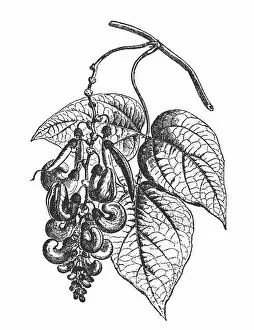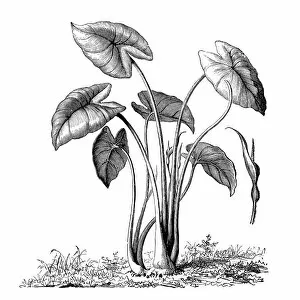Lotus Root Collection
Lotus root, a fascinating and versatile ingredient, is derived from the lotus flower (Nelumbo nucifera
All Professionally Made to Order for Quick Shipping
Lotus root, a fascinating and versatile ingredient, is derived from the lotus flower (Nelumbo nucifera). This captivating plant has been depicted in various forms throughout history, such as the common broom engraving of 1877. While its beauty is undeniable, it's important to note that not all parts of the lotus are safe for consumption. For instance, the Calabar Bean (Physostigma Venenosum) found within this flower can be highly toxic. However, when we talk about lotus root as an edible delicacy, we refer to the tuberous rhizome of another variety known as Taro (Colocasia esculenta). Often referred to by different names like Indian Lotus or Sacred Lotus (Nelumbo nucifera), this unique vegetable offers both visual appeal and culinary versatility. Native to Asia and widely used in Asian cuisine, lotus root boasts a distinct appearance with its honeycombed holes resembling pea-asparagus (Lotus maritimus) found in Upper Bavaria. Its texture is crisp yet tender when cooked properly. Renkon or lotus root provides a delightful crunchiness that adds depth to stir-fries and soups alike. One traditional dish featuring this remarkable ingredient is stuffed lotus leaf rolls. With skilled hands rolling these delectable treats into bamboo steamer baskets, you can almost taste their savory goodness just by looking at them. The aroma wafting from these parcels intensifies as they steam inside those tightly sealed containers. The result? A harmonious blend of flavors where fragrant rice mingles with succulent meats or vegetables encased within delicate layers of softened leaves. It's no wonder why stuffed lotus leaf dishes have become cherished favorites across many cultures. So next time you come across fresh lotus roots at your local market or spot them on a restaurant menu—don't hesitate. Embrace this ancient treasure, appreciate its rich history and culinary significance.















